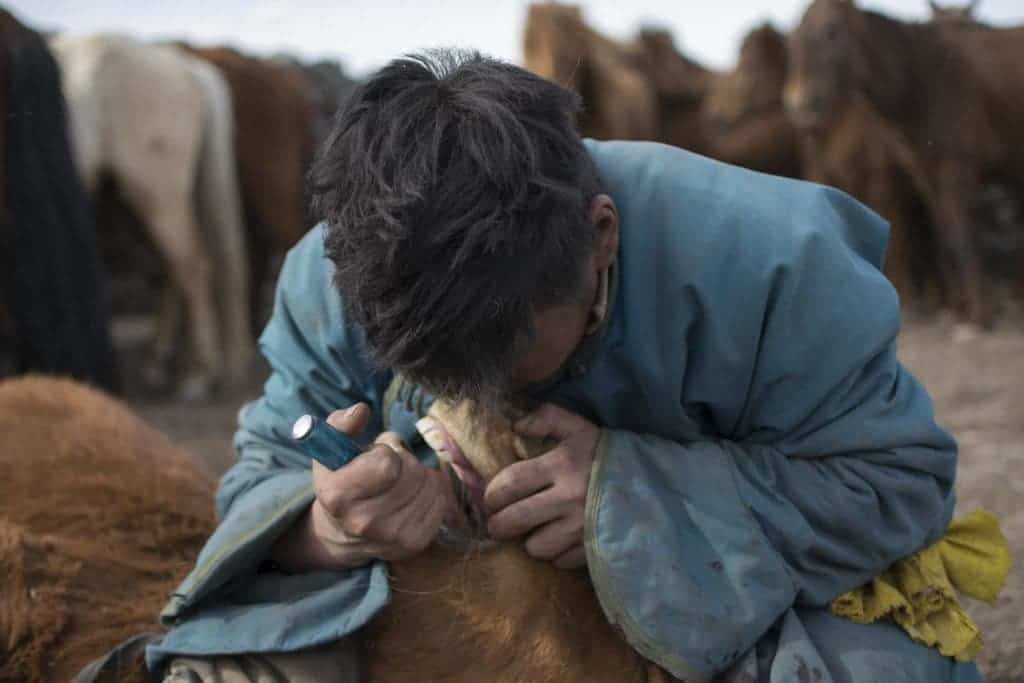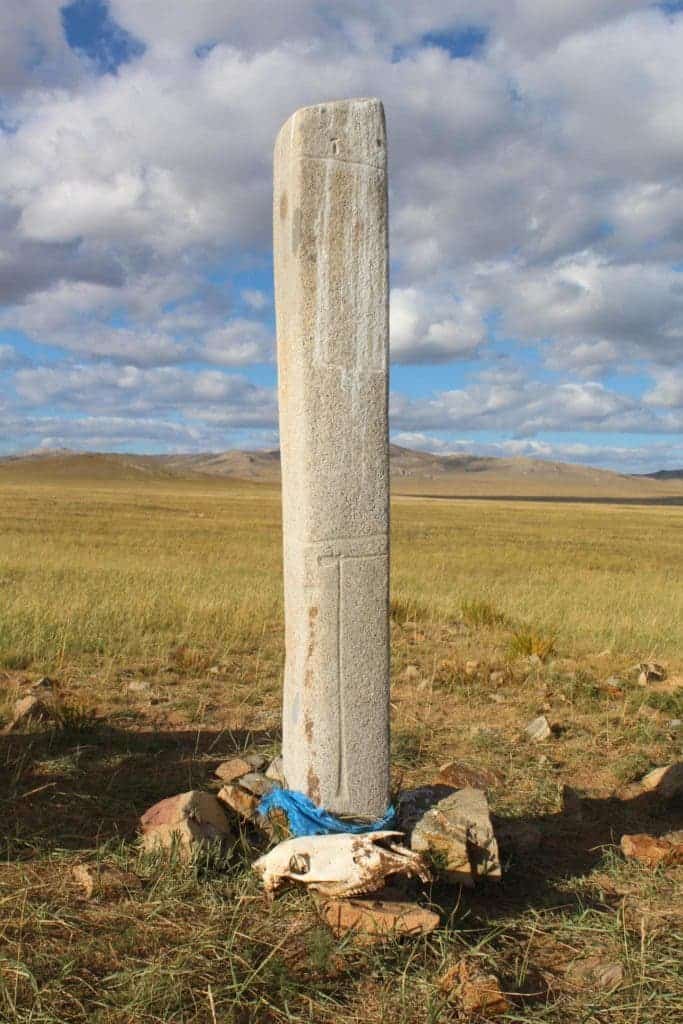The open steps of eastern Eurasian may have been the birthplace of veterinary dentistry. It is here that scientists at the Max Planck Institute for the Science of Human History found ancient horse remains whose baby teeth had been removed by the local people. Researchers estimate the remains are from 1300-700 BC, making them the oldest known evidence for veterinary dental care.

Mongolia is known as the land of the horses, where the animals occupy a central role in daily life — and have done so for thousands of years.
“It is not possible to imagine Mongolian history without horses,” says J. Tserendeleg, president of the Mongolian Association for Conservation of Nature and the Environment. “I think it is not possible to view the future of Mongolia without horses as well. Mongolia is not Mongolia without horses.”
It was thanks to horses that the nomadic armies of Mongols were able to breach the Great Wall of China and conquer their way to the heart of Europe, where they became known as “Hell’s Horsemen.” Were it not for horses, legendary thirteenth-century warrior Genghis Khan would have never been able to establish an empire that spanned from Hungary to Korea and from Siberia to Tibet.
Even in the twenty-first century, Mongolia still has a horse-based culture and retains much of its pastoral traditions. Its 2.4 million people are semi-nomadic and support themselves primarily by breeding five domestic species.
It’s no wonder that the Mongols were also probably the first to practice horse dental care, seeing how the animals are central to their livelihoods. Writing in the Proceedings of the National Academy of Sciences, William Taylor and colleagues described horse remains from an ancient Mongolian pastoral culture known as the Deer Stone-Khirigsuur Culture. These ancient people are famous for the impressive horse burials they made, which contained from dozens to even thousands of dead horses.

By analyzing the remains, researchers found that Deer Stone-Khirigsuur people used surprisingly sophisticated veterinary dental procedures to remove baby teeth that would have caused young horses pain or trouble feeding. Previously, research had shown that the same people were the first in eastern Eurasia to heavily use horses for food products and may have been among the first to use horses for mounted riding. Naturally, these developments led to the invention of equine veterinary care.
“We may think of veterinary care as kind of a Western science,” Taylor said in a statement, “but herders in Mongolia today practice relatively sophisticated procedures using very simple equipment. This results of our study show that a careful understanding of horse anatomy and a tradition of care was first developed, not in the sedentary civilizations of China or the Mediterranean, but centuries earlier, among the nomadic people whose livelihood depended on the well-being of their horses.”
It’s also no coincidence that changes in horse dentistry were accompanied by technological improvements in horse control, such as the incorporation of bronze and metal mouthpieces into bridles used for riding. This technology spread into eastern Eurasia during the early first millennium BC, offering riders better control over their horses, which would have offered them the upper hand during warfare. The horses themselves, however, suffered as the metal in the mouthpieces introduces oral problems, including painful interactions with a vestigial tooth, known as a “wolf tooth.” Herders responded by developing methods for extracting the problematic tooth not all that different from the way many veterinary dentists would remove it today.
“In many ways, the movements of horses and horse-mounted peoples during the first millennium BCE reshaped the cultural and biological landscapes of Eurasia. Dr. Taylor’s study shows that veterinary dentistry – developed by Inner Asian herders – may have been a key factor that helped to stimulate the spread of people, ideas, and organisms between East and West,” said Nicole Boivin, Director of the Department of Archaeology at the Max Planck Institute for the Science of Human History.






